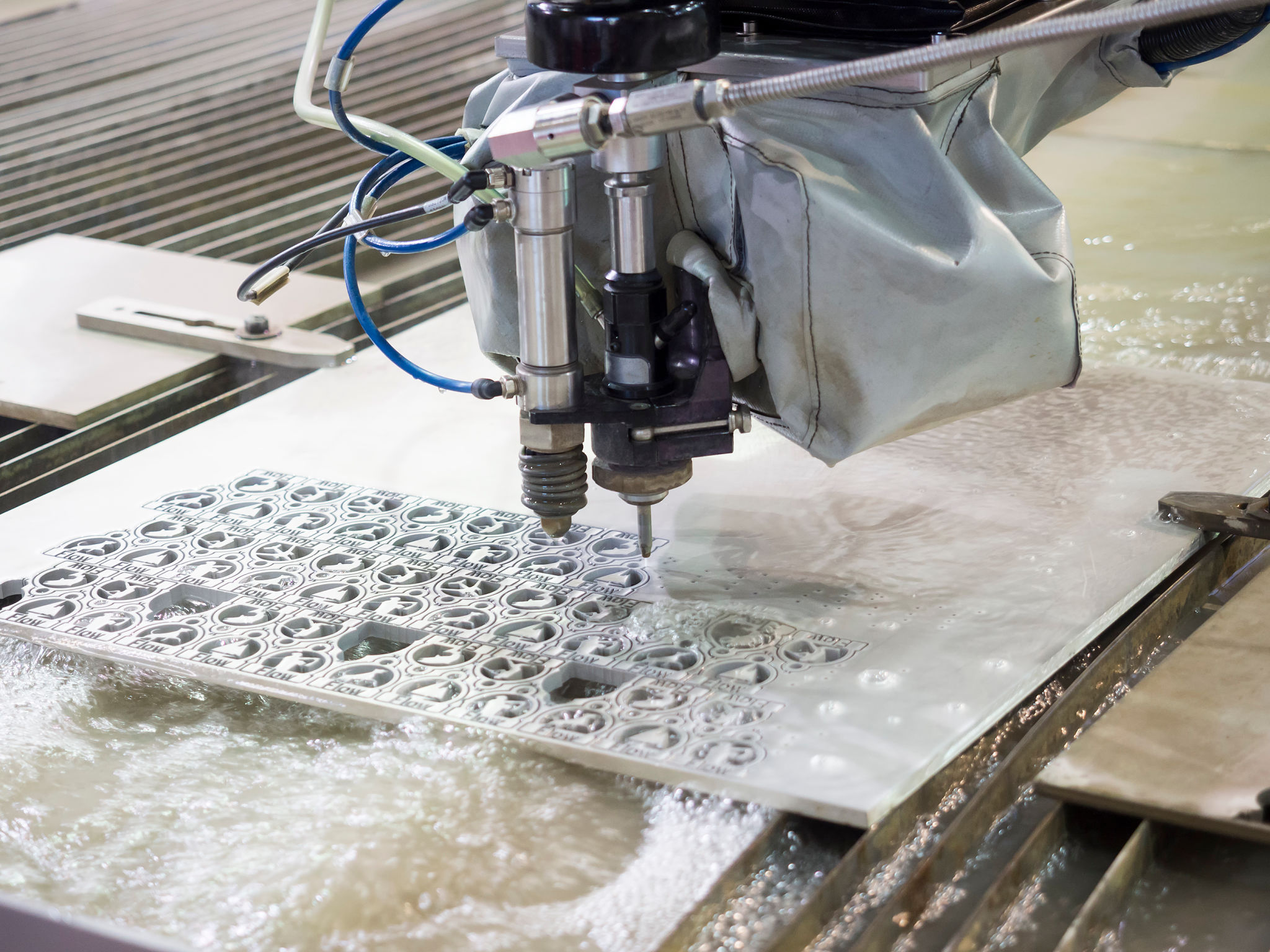The Future of Stone Craftsmanship: Innovations in Design and Production
The Evolution of Stone Craftsmanship
Stone craftsmanship is a timeless art that has adorned human history with monumental structures and intricate designs. From the pyramids of Egypt to the cathedrals of Europe, stone has proven to be a durable and versatile medium. Today, this ancient craft is experiencing a renaissance, thanks to innovations in design and production techniques.

Technological Advancements in Stone Craft
The integration of technology into stone craftsmanship has opened up a world of possibilities. Computer-aided design (CAD) software allows artisans to create precise and complex designs that were once unimaginable. This technology not only aids in the design process but also ensures accuracy during production.
Moreover, the advent of 3D printing has revolutionized stone craftsmanship. By using 3D printers, craftsmen can create detailed prototypes and even finished pieces with remarkable precision. This method reduces waste and speeds up the production process, making it more sustainable and cost-effective.

New Materials and Techniques
Stone craftsmanship is no longer limited to traditional materials like marble or granite. Engineered stone, made from crushed stone bound by polymer resin, offers a range of colors and textures not found in nature. This material is not only aesthetically pleasing but also durable and easy to maintain.
In addition to new materials, innovative techniques such as water jet cutting have emerged. This method uses high-pressure water jets to cut intricate patterns into stone, creating designs that were previously impossible to achieve by hand. Water jet cutting is precise and minimizes material wastage, further advancing the sustainable practices within the industry.

Sustainable Practices in Stone Craftsmanship
As environmental concerns take center stage, sustainability has become a critical focus in stone craftsmanship. Many producers are now implementing eco-friendly practices, such as sourcing locally available stone to reduce transportation emissions and employing energy-efficient machinery.
The use of recycled materials is also gaining traction. By repurposing stone remnants from previous projects, craftsmen can reduce waste and create stunning new pieces. These practices not only benefit the environment but also appeal to a growing consumer base that values sustainability.
The Role of Artisans in Modern Stone Craft
Despite technological advancements, the role of skilled artisans remains central to stone craftsmanship. Their expertise and creativity breathe life into stone, transforming raw materials into works of art. The fusion of traditional skills with modern technology results in unique pieces that tell a story and captivate the imagination.

The Future Outlook
Looking ahead, the future of stone craftsmanship appears bright. As technology continues to evolve, we can expect even more groundbreaking developments in design and production. The industry will likely see a greater emphasis on custom, bespoke creations that blend traditional artistry with cutting-edge innovation.
In conclusion, the future of stone craftsmanship promises to be an exciting journey marked by innovation and sustainability. As craftsmen embrace new technologies and materials while honoring traditional methods, they continue to push the boundaries of what is possible in this ancient yet ever-evolving art form.